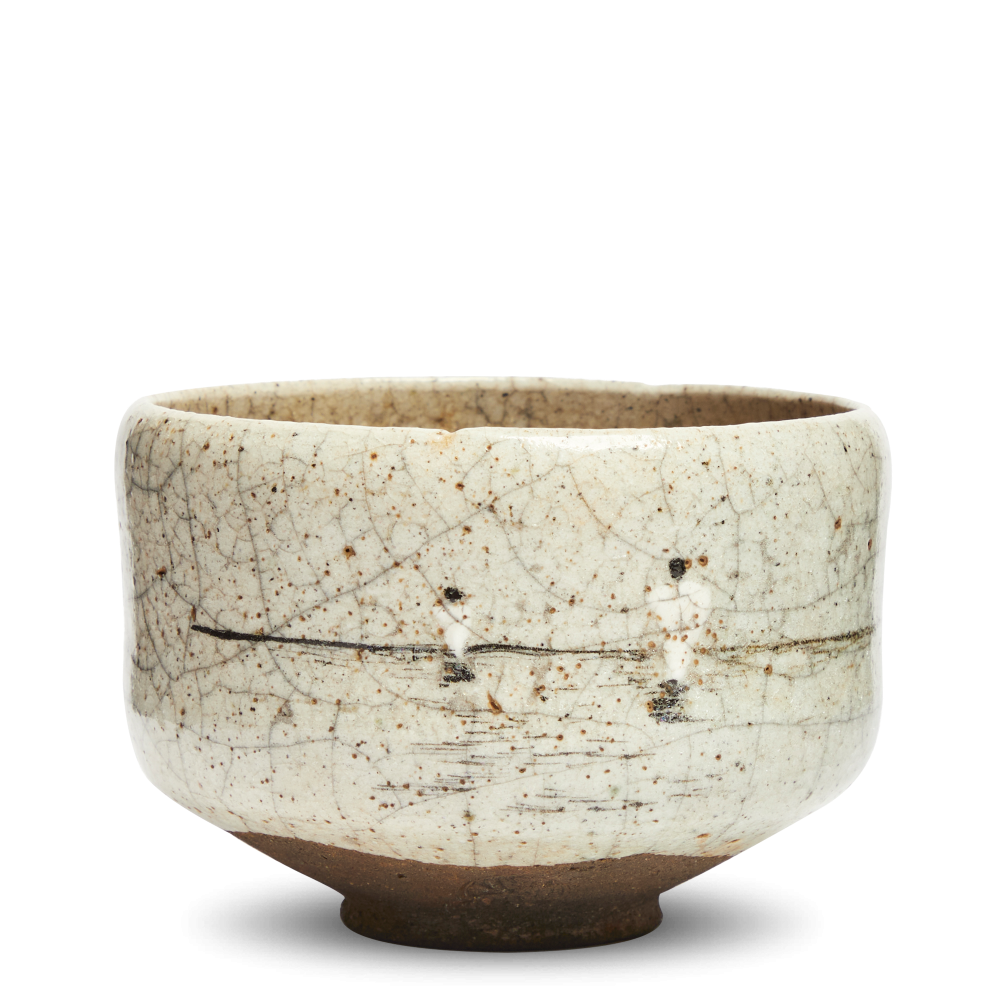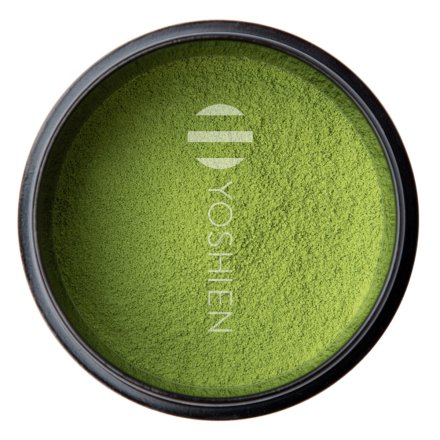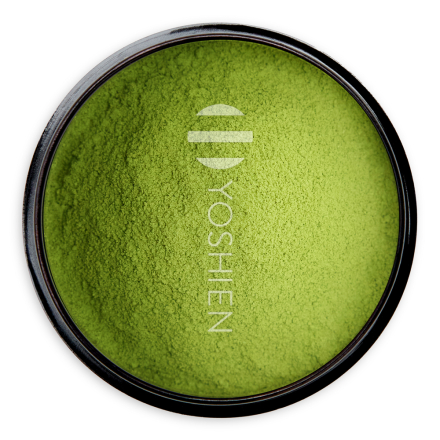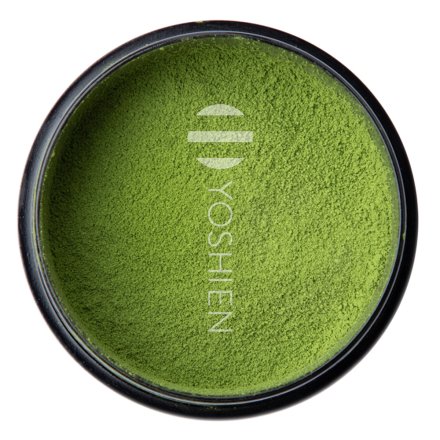Raku-yaki is a Japanese term used to describe short-fired, lead-glazed pottery intended for tea ceremonies and usually freely moulded by hand. It was initially produced only in the colours red ("aka-raku") and black ("kuro-raku"). Later, white and amber and occassionally Oribe green raku bowls began to be produced. Red and black are considered the best complementary colours for the bright green matcha. Raku bowls have a soft and warm feeling, and are capable of absorbing a lot of moisture, allowing them to gain patina and beauty over time. They are considered the most noble bowls for the tea ceremony. The first raku bowl is said to have been made around 1579 by the brickmaker Chōjirô under the guidance of the great tea master Sen no Rikyû. After his death, Chōjirô was honoured by Prince Hideyoshi by bestowing the raku seal on his successor, Jôkai. Since then, the Jôkai family has used the name Raku and still produces this exceptional tea pottery in Kyoto.
Tannyu Chawan
Shi-Raku
Raku Kichizaemon X
SKU
0163
A rare Shiro Raku-yaki Chawan tea bowl with a creamy, grey-white glaze and large craquelure by Raku Kichizaemon X, aka Tannyū (1795–1854), made in Kyoto during the first half of the 19th century. The slightly uneven straight walls are illustrated on the outside with a sailing boat scene in dark grey.
| Artist | Raku Kichizaemon X (Tannyū) |
| Period | 1800–1850 |
| Item | Chawan matcha bowl |
| Origin | Kyoto, Japan |
| Style | Raku-yaki (楽焼) |
| Dimensions | Ø11.2 x 7.9cm |
| Weight | 246g |
| Artist's mark | Double ring Raku seal to base |
| Packaging | Kiribako, silk bag |
In stock
















